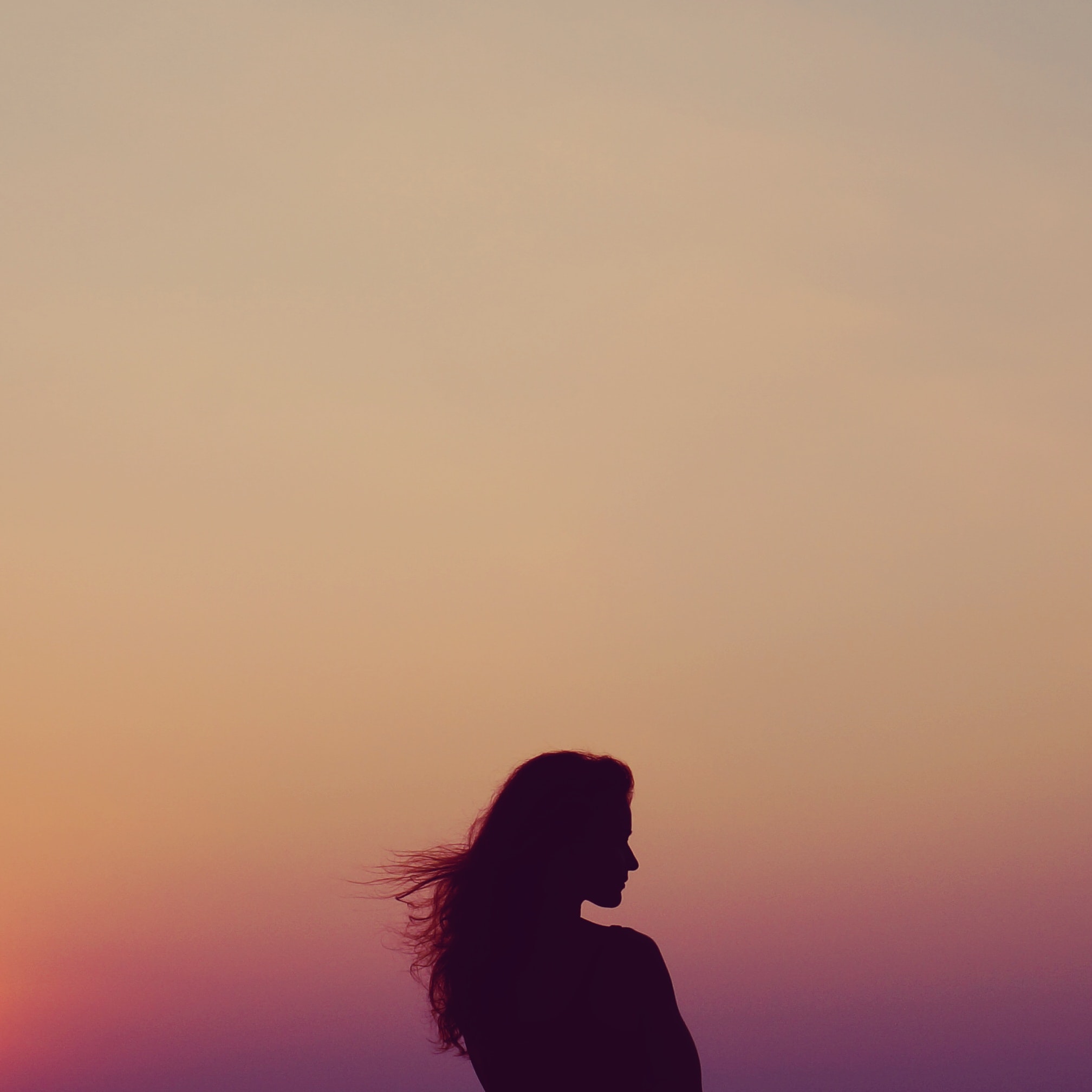
Life&Style Writer Saffron Breakwell discusses the impacts of the clean girl aesthetic being on the rise
If you’re anything like me, the rise of the clean girl aesthetic during recent years may have thrown you into a panicked frenzy of self-reflection. How is it that the decision to wear my hair in a slicked-backed bun could determine the success of my day? The amount of makeup I wear, reflecting not only how hygienic I am, but whether or not I fall into the exclusive ‘that girl’ category. ‘That girl’, notably referring to the type of woman who dislikes heavy makeup, actively chooses to work out every day, journals for self-improvement and eats kale. A category of woman who is effortlessly successful. A category of woman which, unsurprisingly, I do not fall into.
When in recent months I began to see women commended for their messier hair, skinny scarves and slightly dishevelled presentation, I was relieved that, at last, my slightly less polished appearance was not only being mirrored, but aestheticised. It was only then, however, that I began to consider the trend that I’ve now learned to be ‘The frazzled English Woman’, as named by Russh Magazine’s Ella O’Keeffe. Evidenced in The Holiday’s Kate Winslet, Love Actually’s Laura Linney and Bridget Jones’s Rene Zellweger, it was not only the high boots and claw clips I noticed these women had in common, but a lifestyle that accompanied them. Is it possible, in an age of self-expression and empowerment, we have fetishised a type of woman not simply for her style, but for her place within society?
Quintessentially middle class, white and well spoken, it is easy to disregard these common factors beneath the appeal of early 2000s flair. But it is these shared characteristics which, for me, makes the revival of the ‘The Frazzled English Woman’ problematic. Don’t get me wrong, the popularity of midi skirts, off the shoulder knitwear and an overtired and unassuming expression is not something I reject, but my concerns lie in the perpetuation of the standards that accompany it. Is it any wonder, with the rise of post feminism encouraging women to be financially liberated and self-sufficient, yet quashed by the toxic rise in early 2000s diet culture, that these women appeared ‘frazzled’?
“Quintessentially middle class, white and well spoken, it is easy to disregard these common factors beneath the appeal of early 2000s flair
As Adam Rawlings acknowledges, ‘the ideal of the independent city girl who follows strict gender norms and ultimately aims to win a man’s heart became the face of aspirational female characters in the media.’ It appears, however, that they have resurfaced as inspirational female figures now, which with it comes the nostalgic idealisation of the world around them. And whilst I would like it to be true, the 2000s was not simply a decade of Richard Curtis loveliness.
In my mind, it is unsurprising that the popularity of these types of women coincide with Tony Blair’s time in office (1997-2007). The House of Commons Research Briefing shows that ‘15.52 million women in the UK aged 16 and over were in employment in October to December 2021, […] 1.81 million higher than the decade before.’ It is with these figures, that we can see the struggling young woman of the noughties emerge, trying to find her way in a working world which still does not take women seriously.
It is unsurprising then, that the problematic sexual politics of films such as Bridget Jones manifest in the workplace, with characters such as Daniel Cleaver commenting that ‘your tits look good in that top’ – an indisputable example of sexual harassment. It is not simply these figures which challenge the glorification of this era, as The House of Commons Research Briefing went on to note that 5% of white women between October-December 2007 were unemployed, compared to 11% of women from a minority ethnic group. These statistics, seemingly unrelated to the comeback of early 2000s fashion, highlight the racially charged notions of the ‘Frazzled English Woman’ and the problematic politics of the time that it represents.
With this in mind, should we really appreciate the ‘frazzled’ nature of an English working woman without a clear distinction between their clothes and their lives? For me, that feels as dangerous as claims of the return of ‘heroin chic’ and early 2000s diet culture.
“In fetishizing a particular model of woman, do we not continue to contribute to a narrative which marginalises other types of women?
Surely, we should acknowledge that in aiming to appear as an overworked, middle class, white young woman, we are deeming those who do not fit into such a category as ‘unfashionable.’ Whilst I understand idealising the fashion of these women (and trust me, I really do love a claw clip and skinny scarf) in fetishising a particular model of woman, do we not continue to contribute to a narrative which marginalises other types of women? In glorifying the aesthetic of certain women and their lifestyles, I believe we place other women within a subsection, something that is perpetually damaging.
Without doubt, we can enjoy the stylistic choices of these women with a desire to bring back awkwardly layered jumpers and embracing the mismatched nature of everyday outfits. But with this, we should appreciate nostalgic fashion without wanting to bring back the lifestyle that accompanies it. Much like my issue with the ‘clean girl aesthetic’, I think we should create a more binary distinction between fashion and lifestyle so that we can dress as we choose, without the assumption of how we live our lives.
Read more from Life&Style here:
Becoming ‘That Girl’: Is Tiktok’s Newest Trend Achievable?
Comments